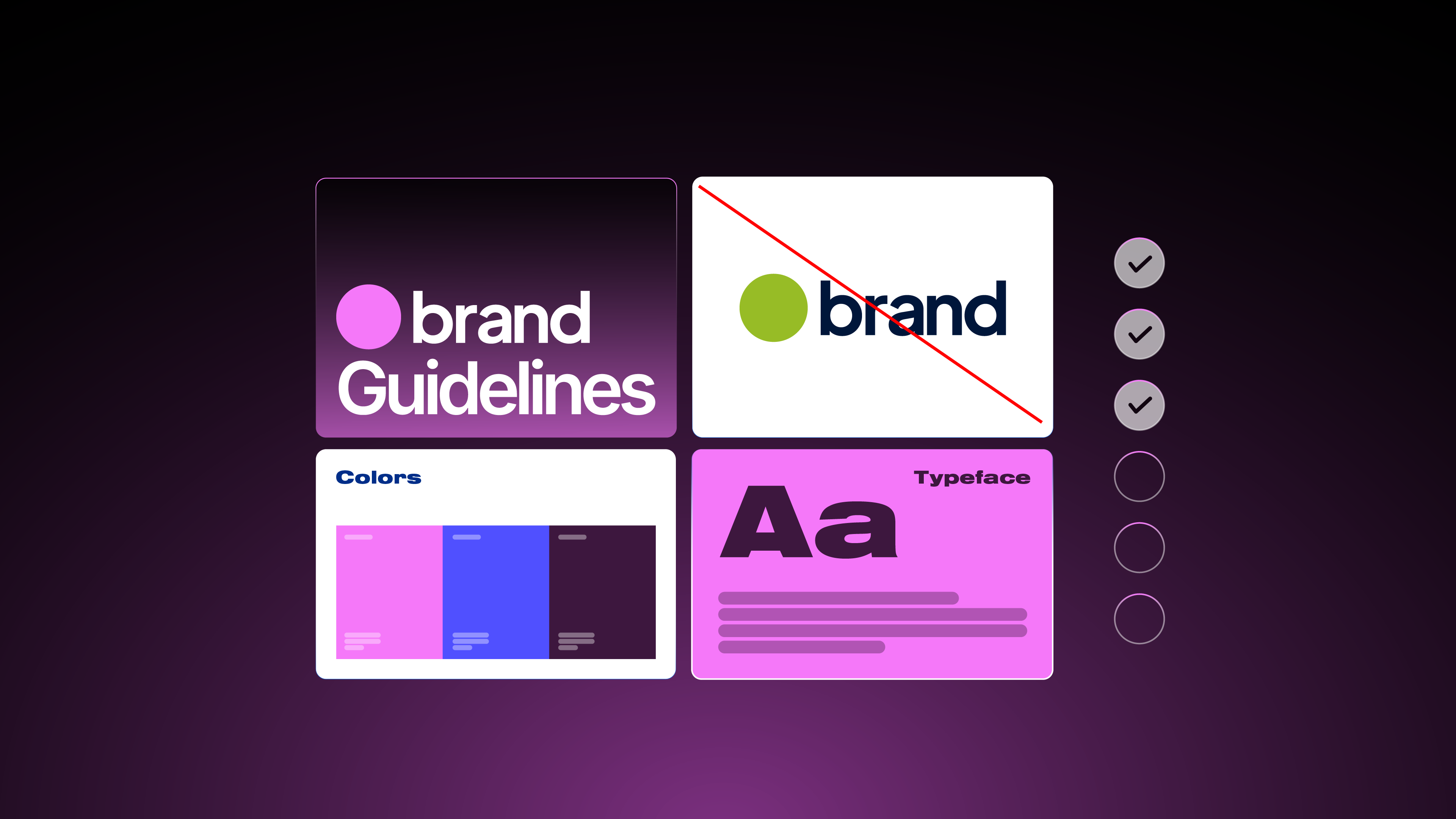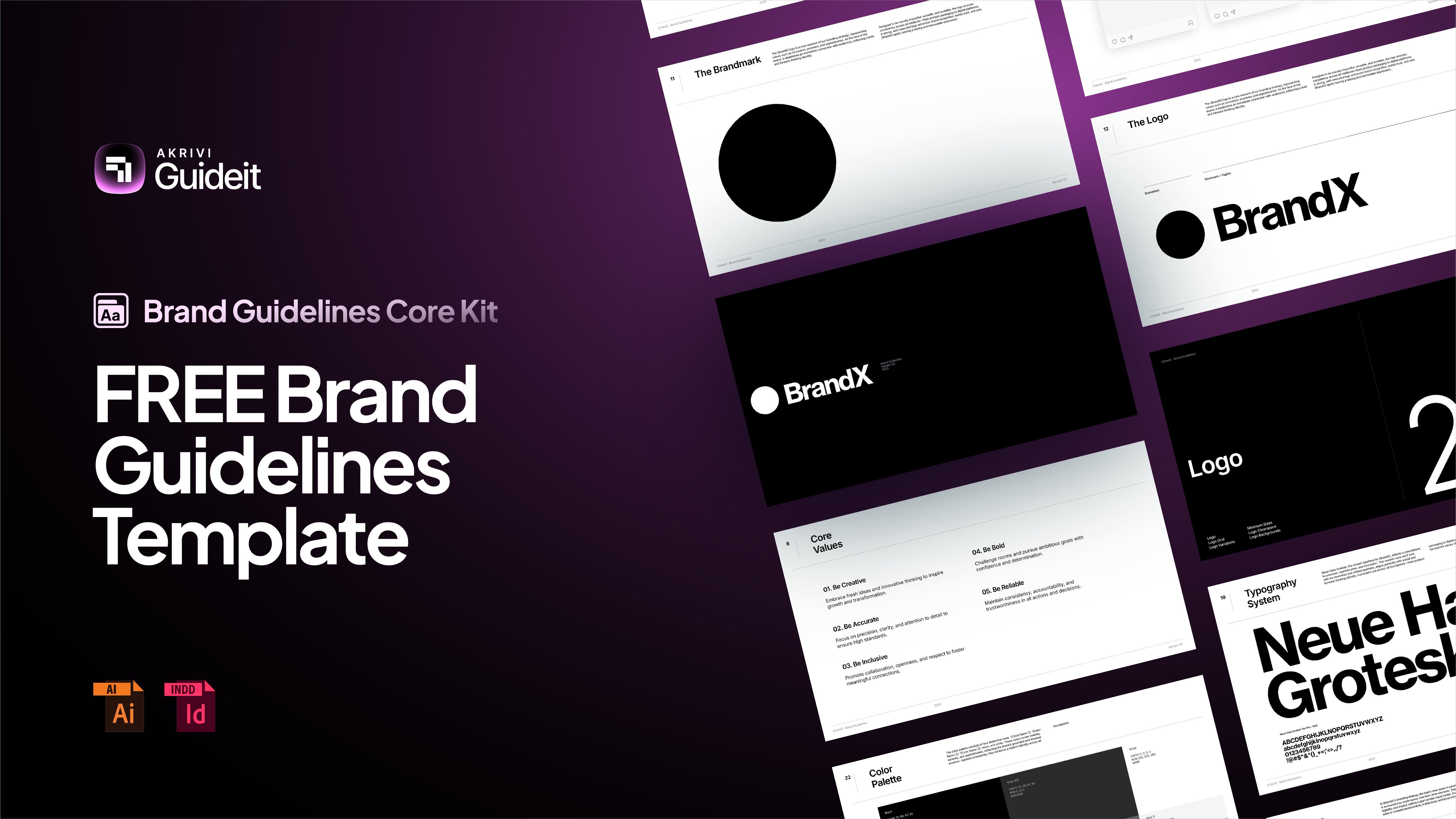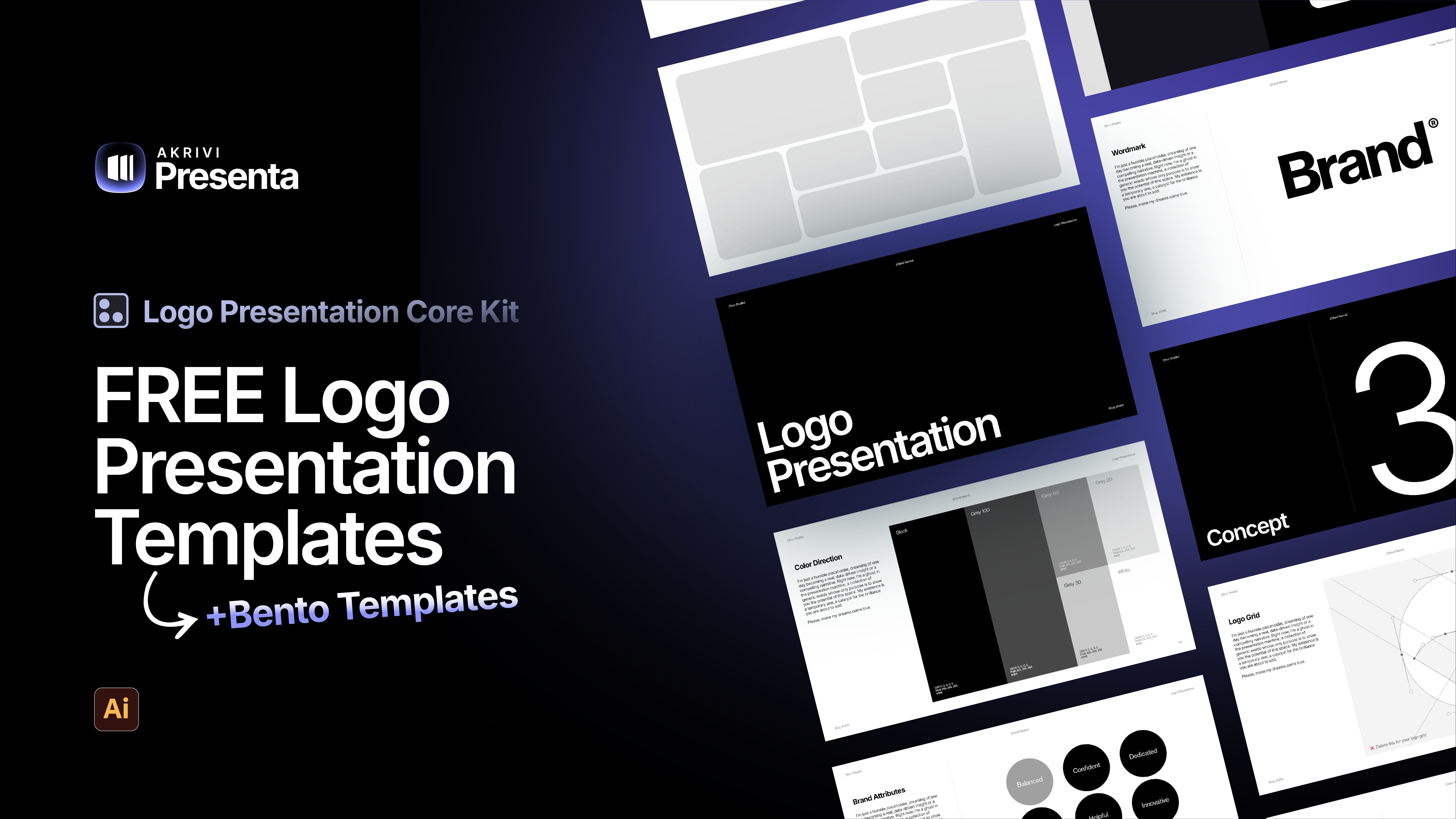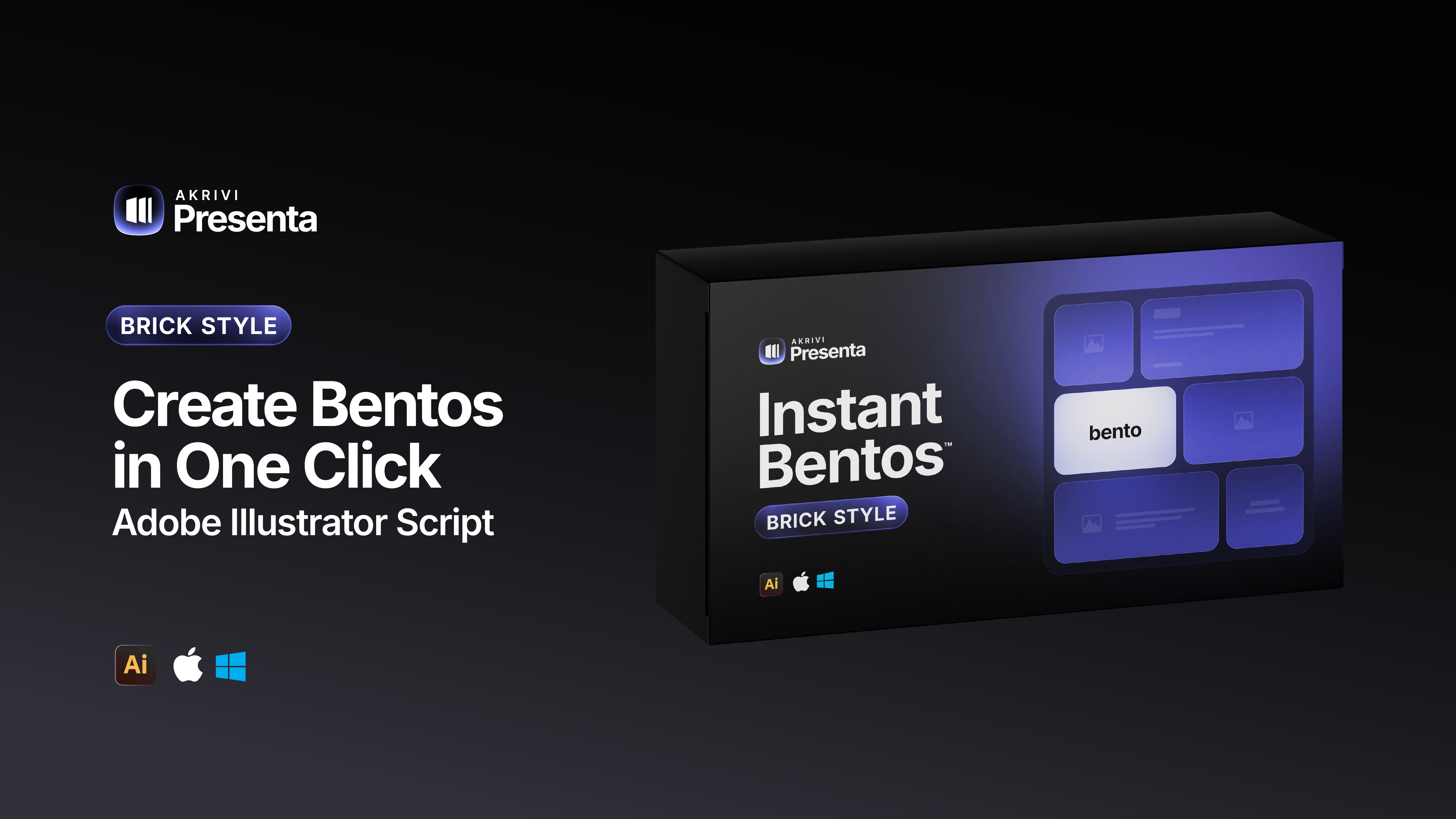What to Include In Your Brand Guidelines? (6 Important Elements)

6 Important Elements You Must Include When Designing Brand Guidelines
You’ve created a fantastic brand identity. Now, what's next? It's time to build the rulebook that protects it: the brand guidelines. A brand identity can be an amazing, powerful thing when it's used correctly, and these guidelines are the key to making that happen.
In this guide, I’ll explain exactly what to include in brand guidelines. We'll cover the 6 essential elements that will keep any brand looking its best.
What is the Purpose of Brand Guidelines?
After you finish creating a visual identity for a client, many different people will use it. The purpose of a brand guideline is to ensure correct use, no matter who’s using the brand assets. They help everyone, from designers to social media teams, use the brand correctly.
When followed properly, these guidelines protect a brand’s image and make collaboration easier. Most importantly, they help a brand's visual identity stay recognizable and trusted over time.
What Should Brand Guidelines Include?
Your brand guidelines don’t need to be complicated. But they should cover these key elements to keep the brand consistent.

1. Brand Overview
This section explains the "why" behind the brand. It covers the brand's purpose, vision, mission, values, and tone of voice.

2. Logo Usage
This is one of the most critical sections. You need to show clear rules on how, and just as importantly, how not to use the brand's logo. This includes your primary logo and all its logo variations. You should also define the logo's minimum size and Clearspace rules.

3. Typography
This section defines the brand’s voice through its fonts. You should include the brand’s chosen typefaces for headlines and body text. Also, specify the font styles, weights (e.g., Bold, Regular), and hierarchy rules.

4. Colors
This section lays out the brand's official color palette. Include the primary, secondary, and any tertiary colors. Be sure to provide the exact brand color codes for both print and digital (CMYK, RGB, HEX).

5. Imagery & Graphics
This sections defines the brand's complete visual style. It includes the mood and style of all photography, as well as other key visual assets like custom icons, illustrations, and brand patterns.

6. Application
This is where you show the brand identity in action. It helps the client visualize the brand in the real world. You can include mockups of the logo on items like packaging, merchandise, or business cards.
Does Every Brand Need One?
Brand guidelines can take time to create. So, a common question I get is: “Should I make one for every brand?”
The answer is yes, every brand should have some form of guidelines. That said, the size of the document depends on the brand’s scale. A simple one-pager might be enough for a small startup, but a larger brand will need something much more detailed.
Brand Guidelines Generator
I'm creating a faster way for you to create brand guidelines in illustrator and indesign.
Akrivi Guideit Brand Guidelines Generator will allow you to create brand guidelines instantly. Check it out here and join the waitlist.
Ready to Create Your Own Brand Guidelines?
Now that you know what to include, you can start building your own. To give you a head start, I've put together my personal FREE Brand Guideline template.
It's part of our Brand Guideline Core Kit and has everything you need to build a professional guide.

Conclusion
Including these 6 key elements in your brand guidelines is essential for any professional designer. It’s how you protect the brand's future and deliver lasting value to your clients. Checkout how this Guideit tool will automate your brand guidelines design process.





